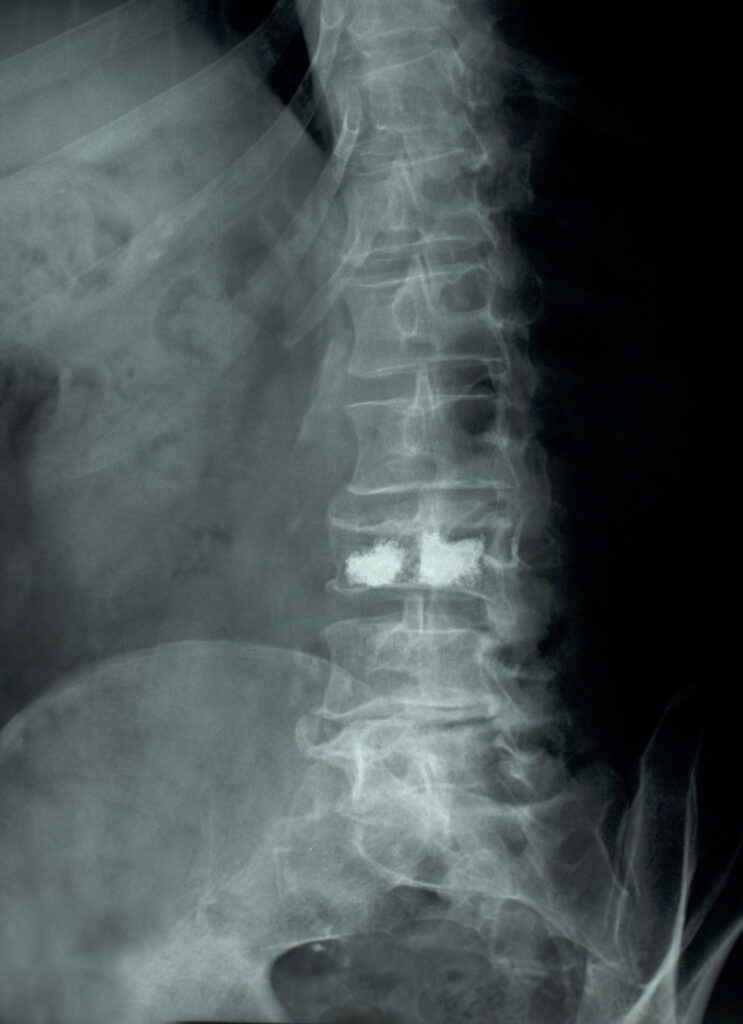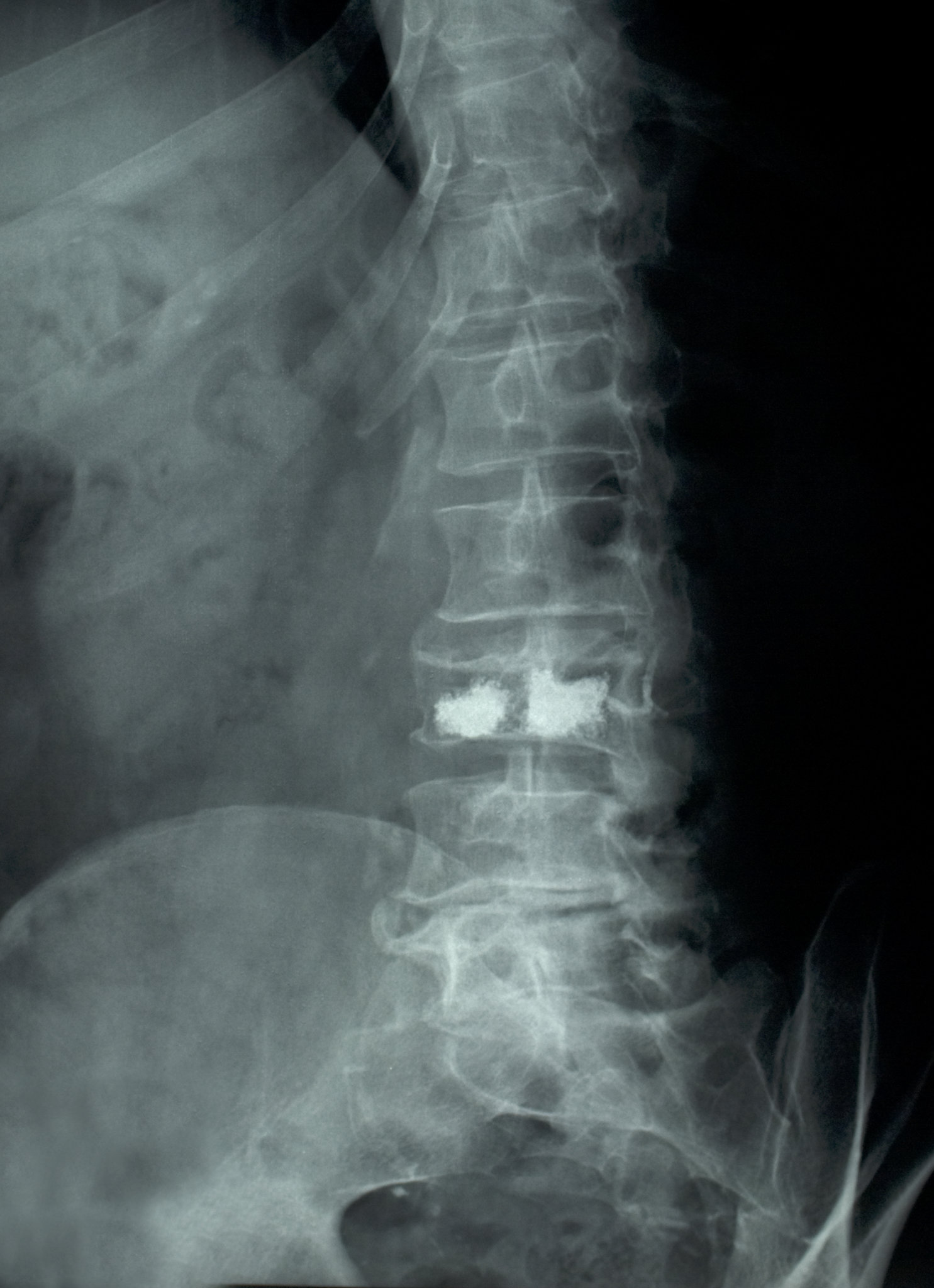
A spinal fracture is not like breaking any other bone in your body. Spinal fractures are more severe and can result in spinal trauma when bone fragments damage your spinal cord or spinal nerves. Huntington spine fracture care services entail a detailed evaluation of your spine, using orthotics to immobilize your spine until your trauma team completes the appropriate diagnostics. You will suffer a spine fracture after a car crash, gunshot, or sports injury. Your injuries may range from mild ligament and muscle strains to severe damage to your spinal cord and you may feel pain, muscle weakness, or paralysis. This can help you with spine pain management.
Causes of spinal fractures
Spine tumors and osteoporosis are common causes of spinal fractures. Other causes include falls, violent acts, and sports accidents. Your symptoms will vary depending on your injury’s location and damage extent. However, you can have symptoms like:
· Muscle spasms
· Neck or back pains
· Changes in your bowel or bladder functions
· Muscle weakness
· Numbness
· Tingling sensations
· Paralysis
What types of spine fractures are you likely to have?
Spinal fractures fall into the following categories:
· Fractures. Fractures happen when you exert more pressure than it can bear (compression fracture). A sudden downward force is likely to shatter your vertebrae’s body. When the force is extensive, it might send bone fragments into your spinal canal (burst fracture). You are most likely to suffer from vertebral compression fractures if you have a tumor, osteoporosis, and other cancer types that may weaken your bones. Multiple vertebral compression fractures may result in a forward hunch of your spine (kyphosis).
· Dislocations. When your tear or stretch your discs or ligaments connecting two or more of your vertebrae, the affected bone might fall out of their alignment. A dislocation on your vertebrae might result in instability and spinal cord compression.
· Fracture-dislocations. These happen when you break your two or more vertebrae and tear your ligaments. The fractures are very painful and unstable and may require a surgical procedure to correct the condition.
What treatment options do you have for spine fractures?
Your doctor will begin treatment by managing your pain and stabilizing the fracture. Depending on your fracture type, your treatment options may include:
· Braces and orthotics– these devices will help maintain your spinal alignment, immobilize your spine during recovery to enhance your healing process, and control pain by movement restriction.
· Instrumentation and fusion– these are surgical procedures your doctor may recommend to correct unstable fractures. During fusion, your doctor will join two of your affected vertebrae with a bone graft to create a solid bone.
· Vertebroplasty and kyphoplasty– these are minimally invasive procedures your doctor may perform to correct compression fractures resulting from spinal tumors and osteoporosis. The care provider will inject bone cement into your affected bones during vertebroplasty. On the other hand, kyphoplasty will force your doctor to first insert a balloon into your affected vertebrae then inflate it to expand your compressed bones before injecting bone cement into the space.
A dislocation or a fracture of your spinal cord may result in paralysis or death. Do not hesitate to seek mental intervention when you need treatment for your debilitating spinal fracture symptoms. Click here for more details about the available treatment options.
